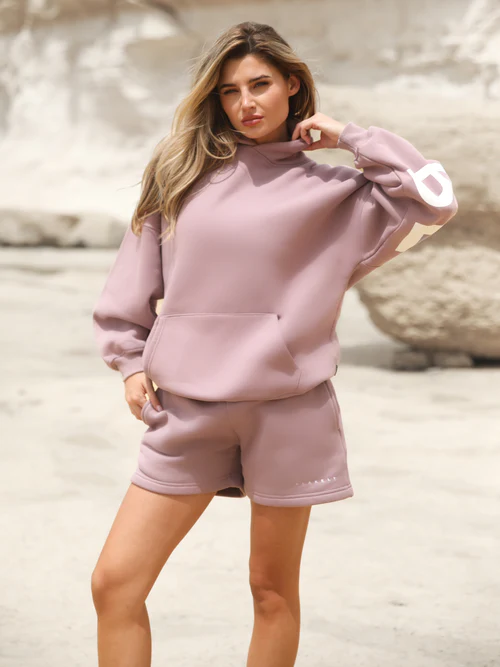Pinterest has evolved far beyond a digital pinboard. Today, it’s one of the most powerful visual search engines and content discovery platforms online. Whether you’re planning a DIY project, searching for outfit inspiration, or looking for marketing tips, your journey often begins with a simple scroll on Pinterest.
But what exactly happens when someone scrolls? And how can content creators, bloggers, and brands use that behavior to increase visibility and engagement?In this article, we’ll break down how scrolling behavior works on Pinterest and provide actionable tips to optimize your content for higher engagement and visibility.
The Science Behind the Scroll
When users scroll on Pinterest, they’re not just randomly browsing—they’re searching, exploring, and making micro-decisions based on visual cues. Unlike social platforms where content is shown in chronological or algorithm-based feeds, Pinterest is designed as a discovery tool. The more a user scrolls, the more Pinterest’s algorithm learns about their interests and refines their feed.
Here’s what happens behind the scenes:
- Pinterest analyzes your behavior—what you click, save, or ignore.
- The feed refreshes with content aligned to your preferences.
- The more time you spend scrolling, the more personalized your home and search feeds become.
- Pinterest uses this behavioral data to determine which pins are engaging and which aren’t—affecting how widely they’re distributed.
This is why understanding how users scroll—and what makes them stop—is critical to your Pinterest success.
What Makes a User Stop Scrolling?
The goal as a creator is to interrupt the scroll. You want your pin to be the one that stops thumbs mid-motion and earns a click, save, or repin. So, what makes someone stop when they scroll on Pinterest?
1. Visually Appealing Pins
Pinterest is a visual-first platform. Your pin design plays a huge role in whether someone engages or scrolls past.
Tips for high-performing visuals:
- Use vertical pins (1000 x 1500 pixels)
- Stick to a clean layout with bold, legible fonts
- Choose bright, high-contrast colors that pop
- Include minimal but powerful text overlays
- Make sure your imagery relates directly to your topic
Tools like Canva make it easy to design scroll-stopping pins—even for non-designers.
2. Clear Value Propositions
People scroll on Pinterest with a purpose. Whether it’s inspiration or information, users want quick, easy-to-understand value.
Great examples:
- “7 Easy Weeknight Dinners”
- “Free Social Media Calendar”
- “How to Budget with $0 Income”
By clearly stating what your content delivers, you increase the likelihood that users will pause, click, and engage,.
3. Keyword Optimization
When users scroll on Pinterest, they’re often exploring search results based on specific keywords. That means Pinterest SEO is just as important as design.
Where to include keywords:
- Pin titles and descriptions
- Board names and descriptions
- Text overlays (optional but useful)
- Alt text on your image files (if uploading manually)
Use Pinterest’s search bar to discover trending phrases related to your content. Optimized pins are more likely to appear in search feeds—and catch attention during scrolls.
4. Brand Consistency
Users are more likely to engage with pins from sources they recognize. If your content is consistent in style—colors, tone, font—it builds brand familiarity.
Benefits of visual consistency:
- Reinforces trust
- Increases click-through rates over time
- Makes your content instantly recognizable mid-scroll
It may take a few impressions, but the more consistently your content shows up, the more likely it is to get clicks and saves.
How to Encourage Deeper Engagement
Once someone stops scrolling and interacts with your pin, your job isn’t over. Pinterest rewards deep engagement—like clicks, saves, and repins—with higher distribution. Here’s how to encourage it.
1. Link to Valuable Content
Always make sure the content behind your pin delivers on the promise. If your pin says “10 Productivity Hacks for Remote Workers,” make sure the linked blog post or video offers real value.
Avoid clickbait. Misleading pins not only disappoint users but can also lead to Pinterest demoting your content.
2. Use Rich Pins
Rich Pins provide additional context by pulling data from your website—like titles, descriptions, and even pricing or ingredients.
Benefits:
- Increased trust and credibility
- Higher click-through rates
- Improved SEO indexing on Pinterest
They help your content stand out during a user’s scroll and build confidence in your brand.
3. Create Multiple Pins for One URL
Users scroll on Pinterest in different moods and with different goals. By creating several pins for the same piece of content—each with different visuals, wording, or hooks—you increase your chances of engagement.
This strategy also helps you A/B test what works best.
Analyzing Scroll Behavior with Pinterest Analytics
If you’re using a Pinterest Business account, you can access Pinterest Analytics to better understand how users engage with your pins during scrolling.
Key metrics to watch:
- Impressions: How many times your pin showed up in a user’s scroll
- Saves: Indicates content is valuable enough to revisit
- Outbound clicks: Measures traffic sent to your site
- Pin clicks: Shows interest without necessarily clicking through
Use this data to tweak your design, headlines, and content strategy over time.
Final Thoughts
The simple act of a scroll on Pinterest reveals powerful insights into how users behave and what they’re looking for. As a creator or marketer, your goal should be to stop that scroll with eye-catching, valuable, and optimized content.
When you understand what happens during that endless Pinterest scroll—how the algorithm responds, what the user sees, and why they engage—you can design a strategy that gets your content noticed, clicked, and shared.
So the next time you scroll on Pinterest, take a moment to observe your own behavior. What makes you stop and click? That’s the exact formula you should be creating for others.






